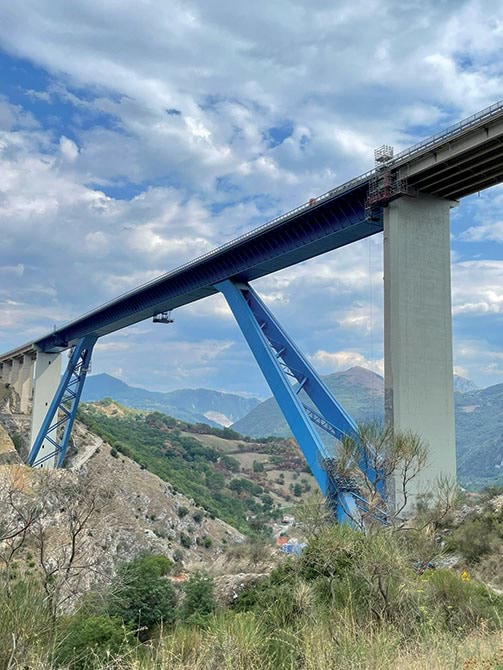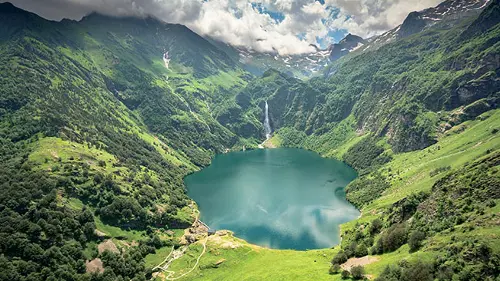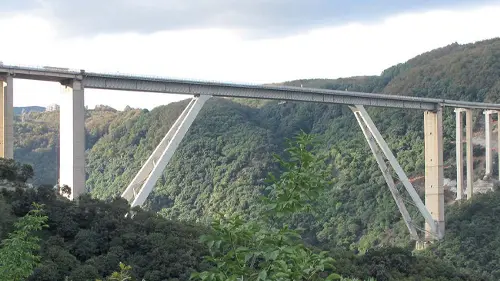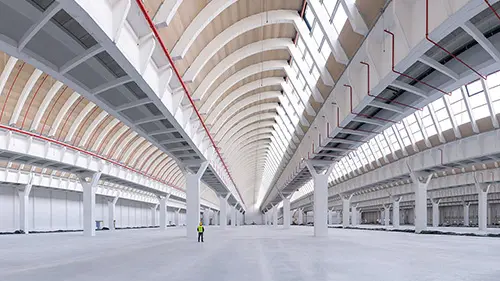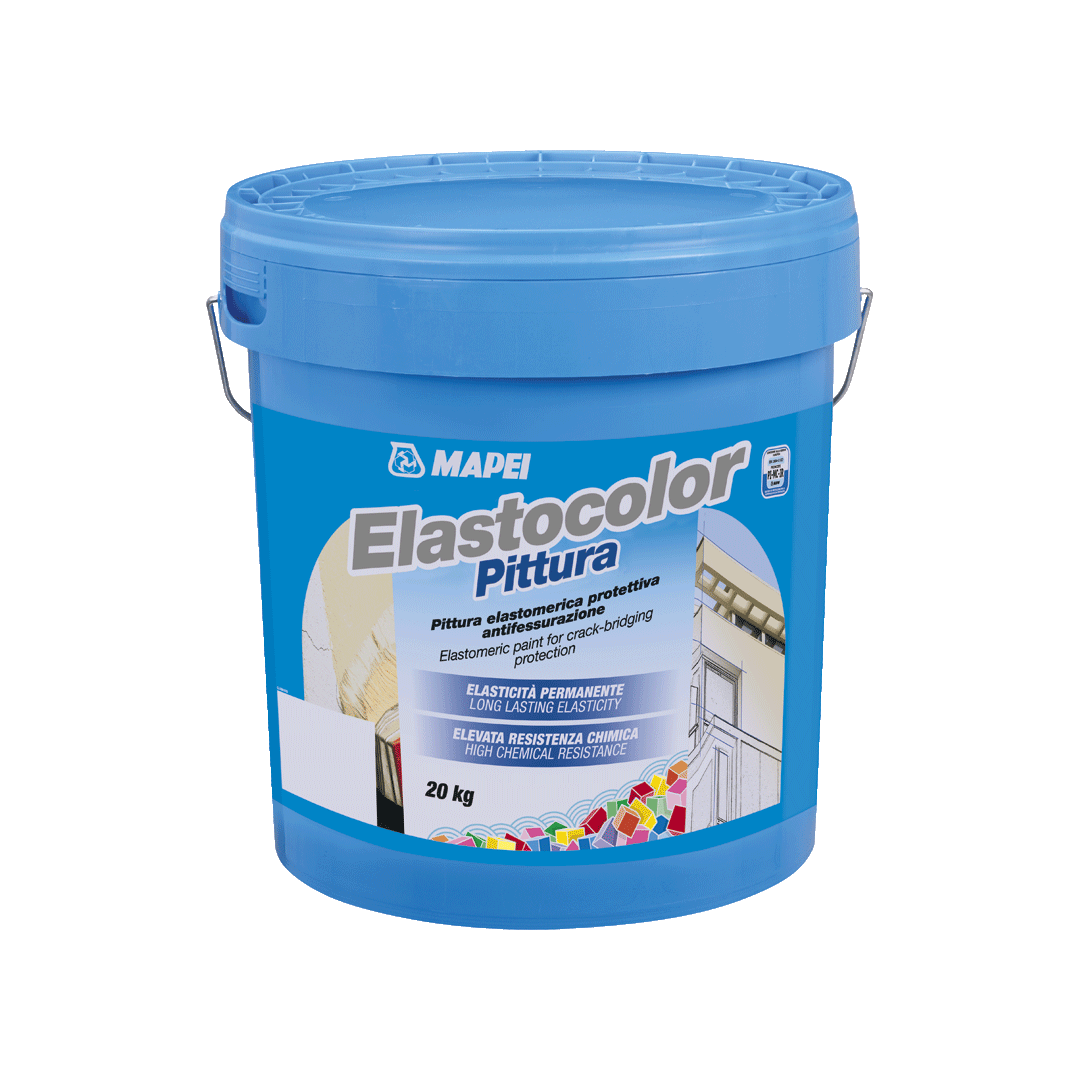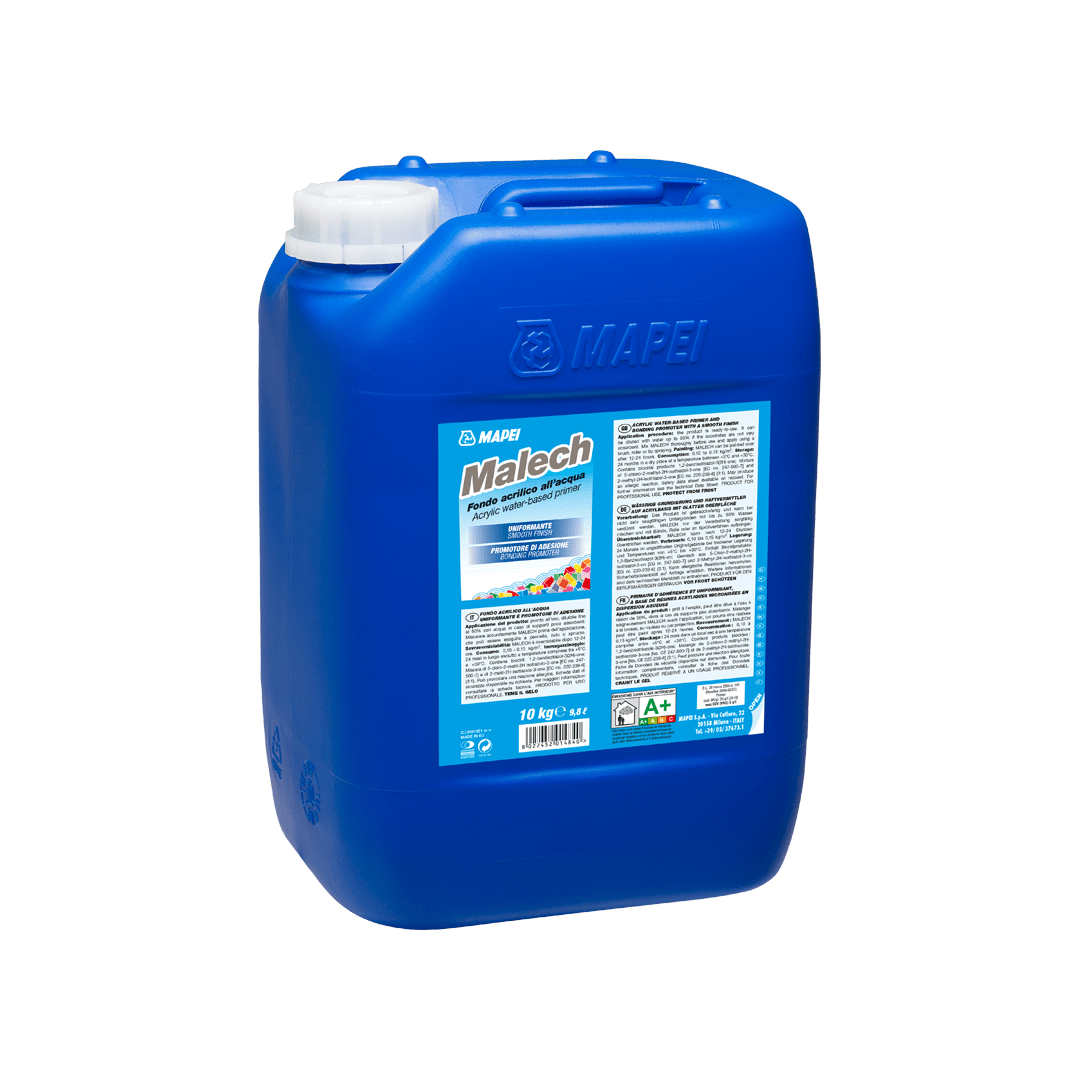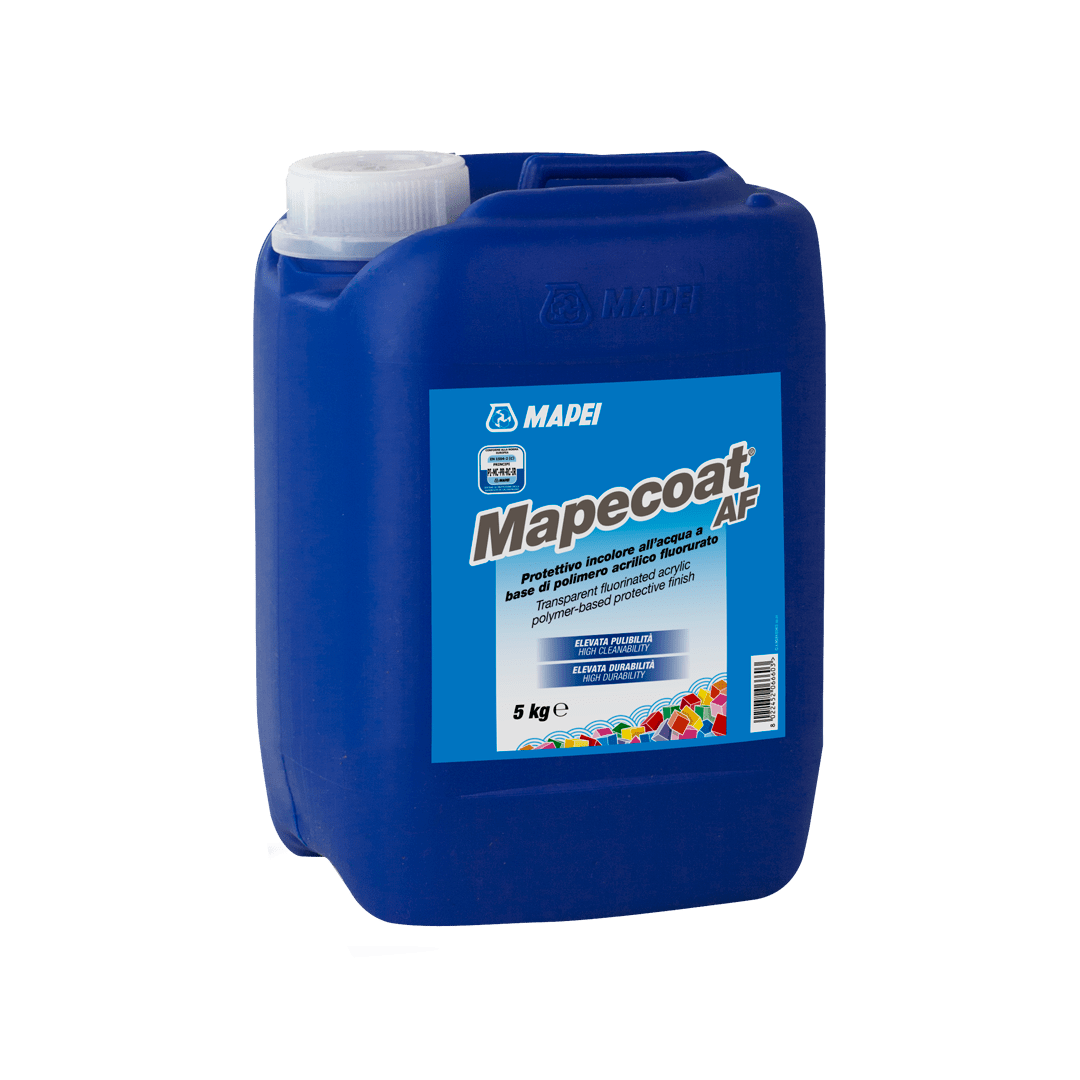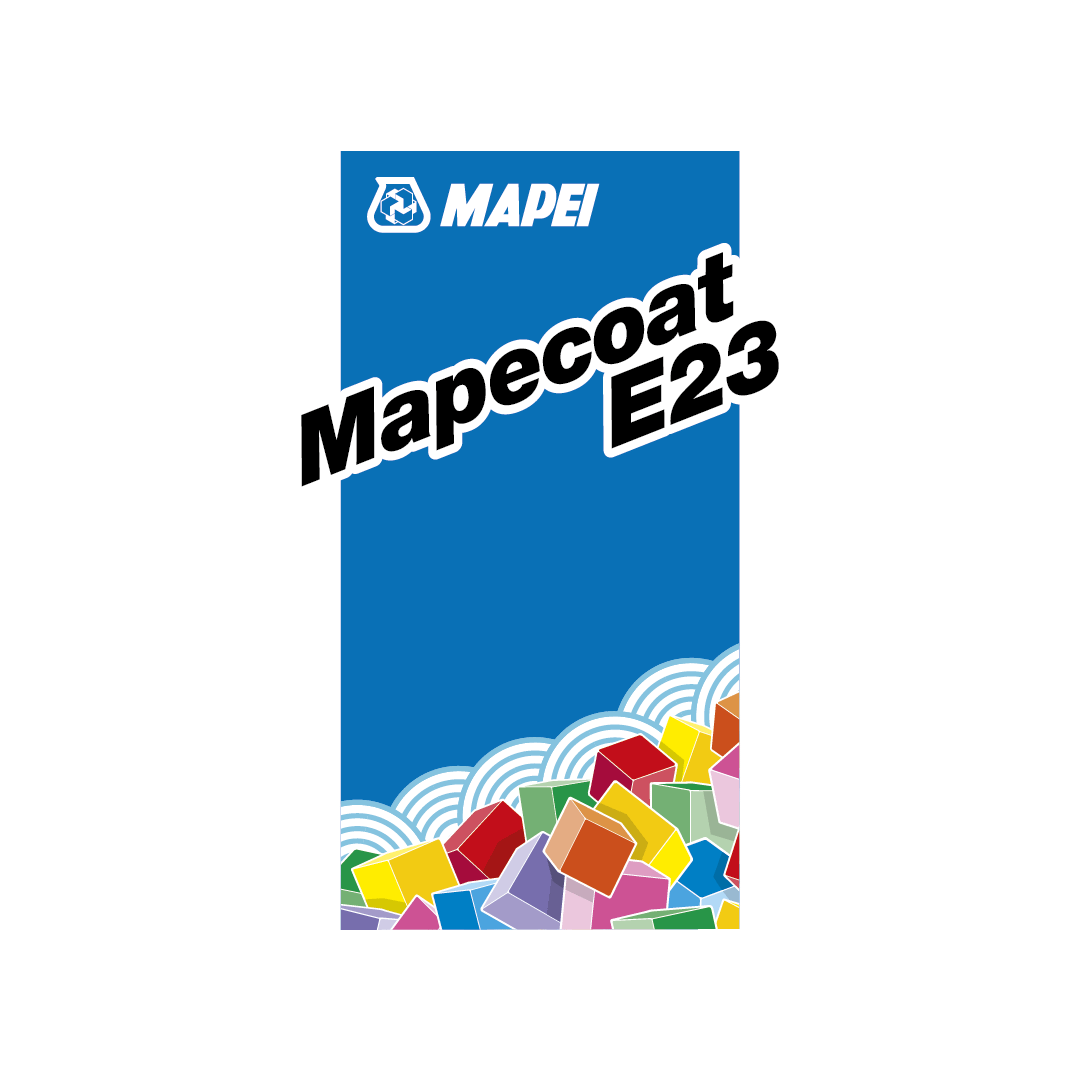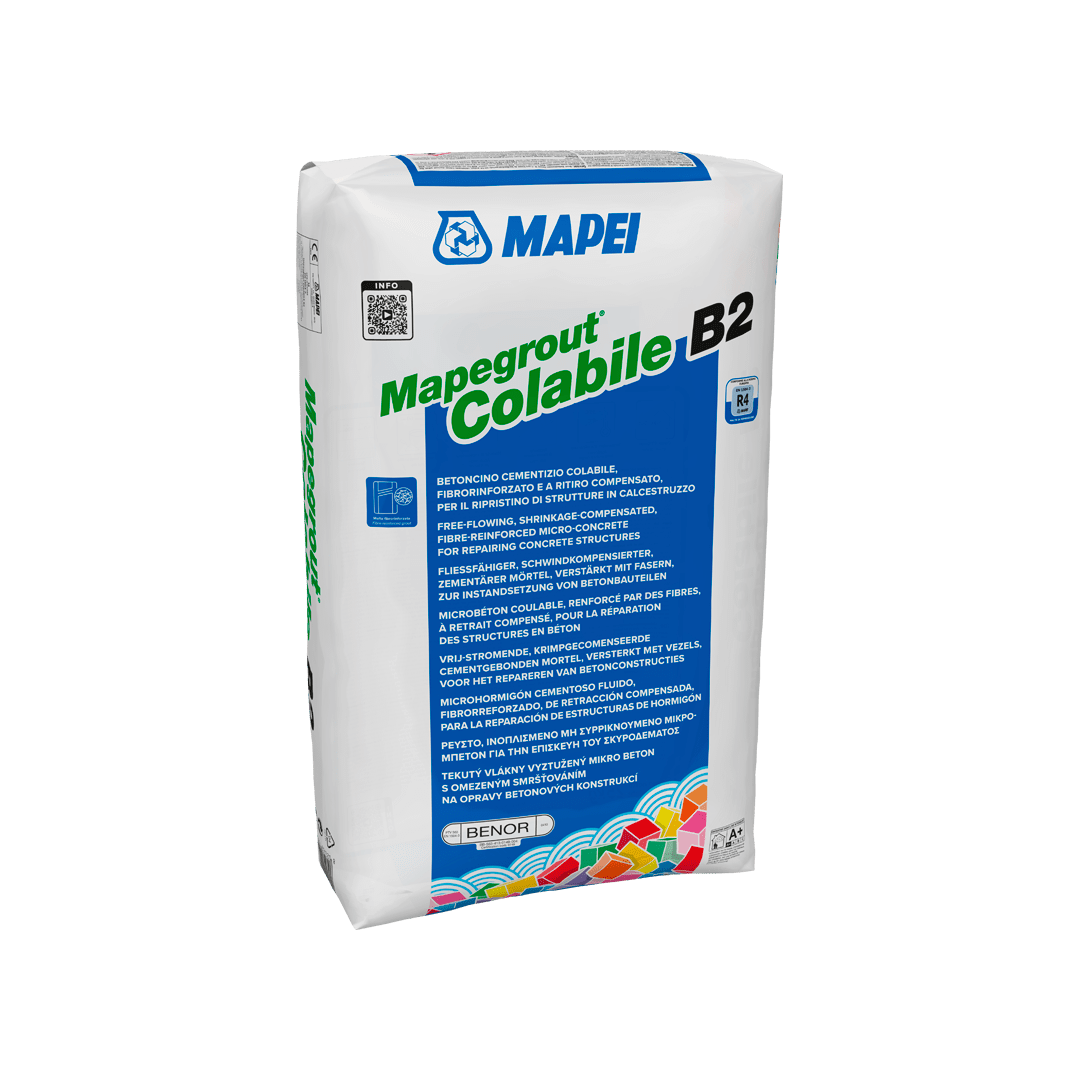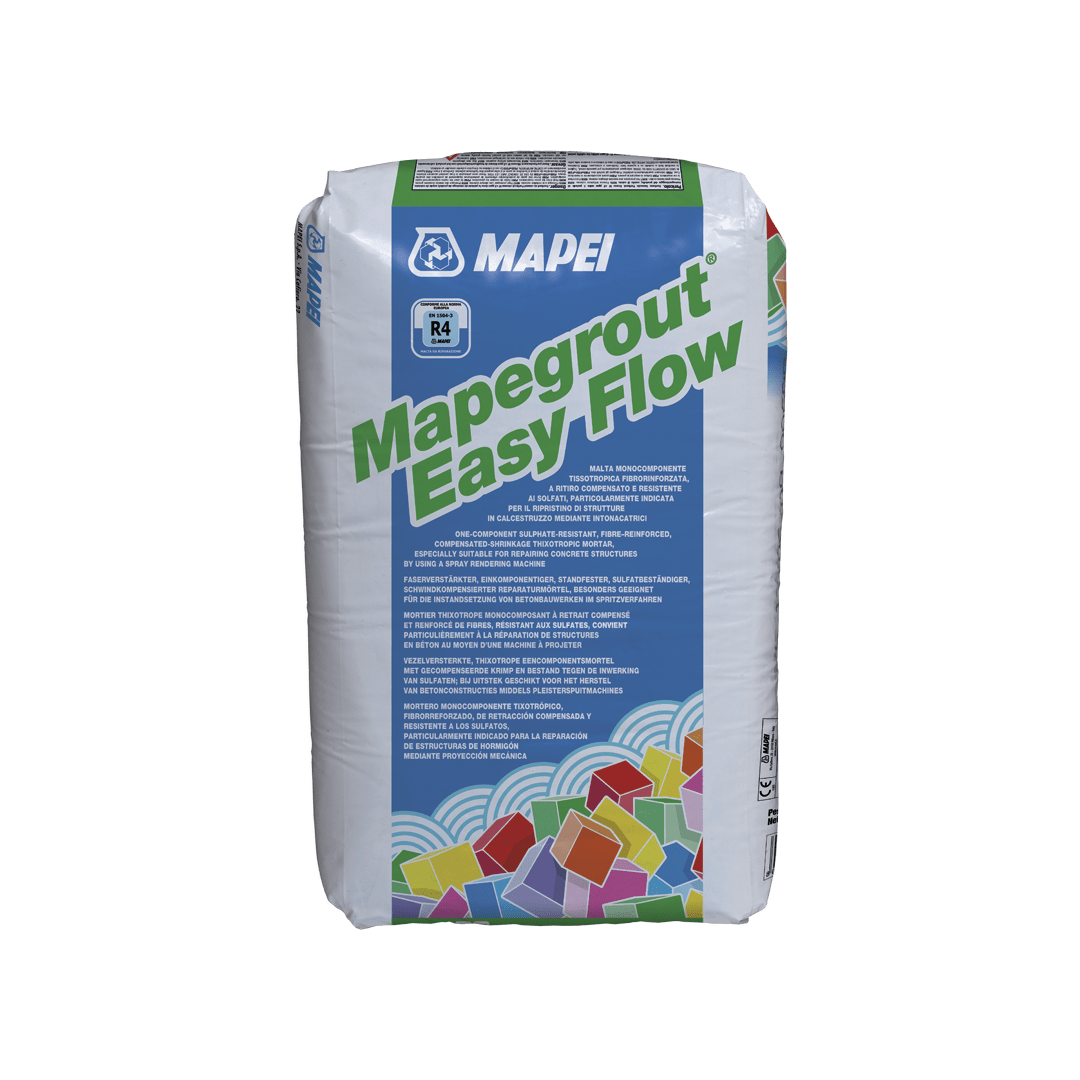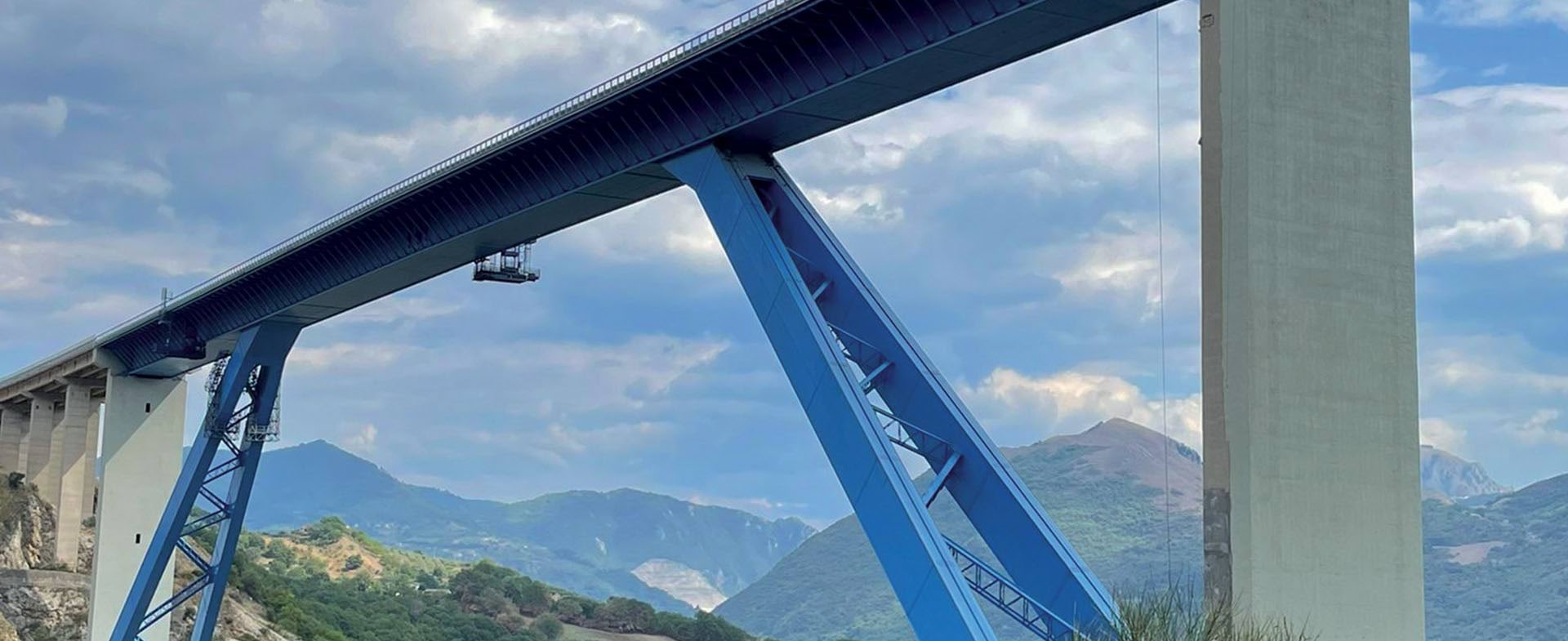
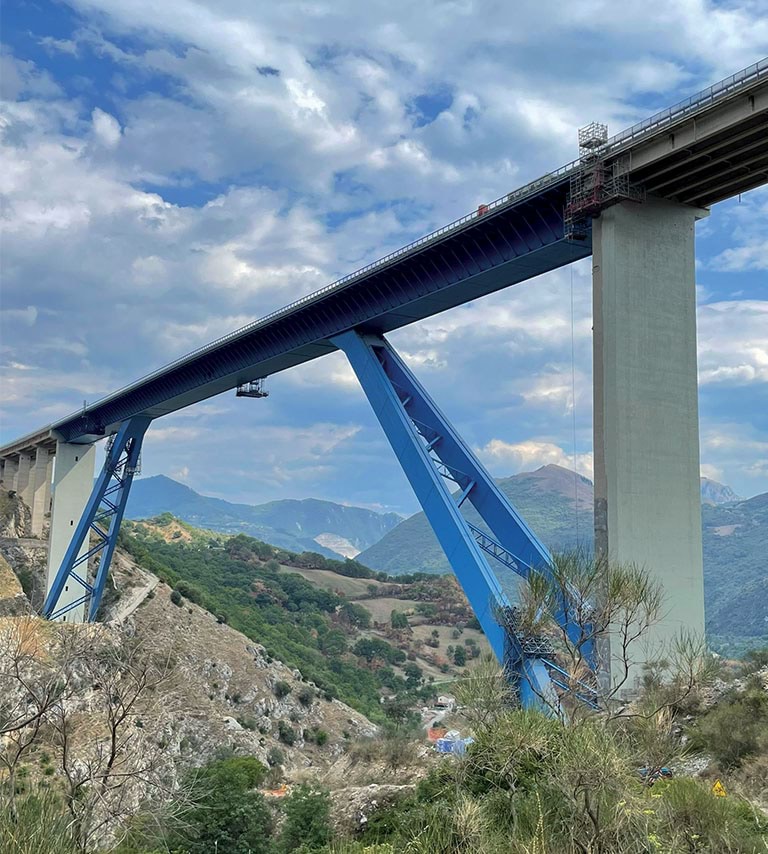
Platano viaduct
Repairs to the concrete of the second-tallest (220 m) rigid-frame bridge in the world.
Repairs to the concrete of the second-tallest (220 m) rigid-frame bridge in the world.
Maintenance work the second-tallest rigid-frame bridge in the world
Platano Bridge is located along the Sicignano Scalo – Potenza Motorway Link Road and connects the Campania and Basilicata regions in Southern Italy. Constructed in 1969, it is 630 m long and 220 m tall: the third-tallest bridge in Italy and the second-tallest rigid-frame bridge in the world, after the Sfalassà Viaduct on the Salerno–Reggio Calabria Motorway.
Major maintenance work had already been carried out in 2017 to renovate the structure of the viaduct, with the bridge undergoing repair and strengthening work to the steel structures of the deck of the wide-span arched framework. After just a few years the Italian highways organisation, Anas, specified and scheduled further maintenance work, this time on the viaduct’s two main piles. The tender was awarded to R.T.I. Ilpa Srl – Padana Interventi Srl and work got underway in June 2020, which included the use of several Mapei product systems for repairing and protecting concrete.
The Viaduct Platano is the second-tallest rigid-frame bridge in the world. Recently, a needed maintenance work was carried out, during which several Mapei product systems for repairing and protecting concrete have been used.
Repairing and protecting concrete
After hydro-scarifying the areas of deteriorated concrete and power-brushing the exposed reinforcing rods, MAPEFER 1K one-component anti-corrosion mortar was applied on the rods.
MAPEGROUT EASY FLOW, a special one-component sulphate-resistant, fibre-reinforced, shrinkage-compensated, thixotropic mortar, was applied with a rendering machine to reintegrate the deteriorated concrete.
In order for the expansive properties to develop in open air, MAPEGROUT EASY FLOW was admixed with 0.25% MAPECURE SRA, a special admixture that can reduce both plastic and hydraulic shrinkage.
The piles were then protected with MAPELASTIC GUARD two-component, elastic cementitious mortar, a product developed to provide protection for large-scale concrete structures subjected to high levels of stress.
The final stage of the work was to apply special elastic coating with a fluorinating effect on the repaired concrete surfaces. These surfaces were initially treated with MAPECOAT E23, two-component epoxy primer, followed by a coating of MAPECOAT PU33, a two-component, polyurethane resin-based flexible product with high resistance to aggressive atmospheric agents, which remains impermeable to water but permeable to water vapour.
Once this work had been completed, the surfaces were finished off with MAPECOAT AF, a transparent, fluorinated acrylic polymer-based protective coating.
Certain areas of the concrete on the viaduct were repaired with MAPEGROUT HI-FLOW B2 fibre-reinforced, shrinkage-compensated free-flowing micro-concrete admixed with MAPECURE SRA curing admixture.
The last phase of the work was to protect the surfaces with a protective elastomeric system involving MALECH, a water-based acrylic primer, and a coat of protective, elastomeric ELASTOCOLOR PAINT for crack-bridging protection with permanent elasticity and high resistance to aggressive chemical agents.





